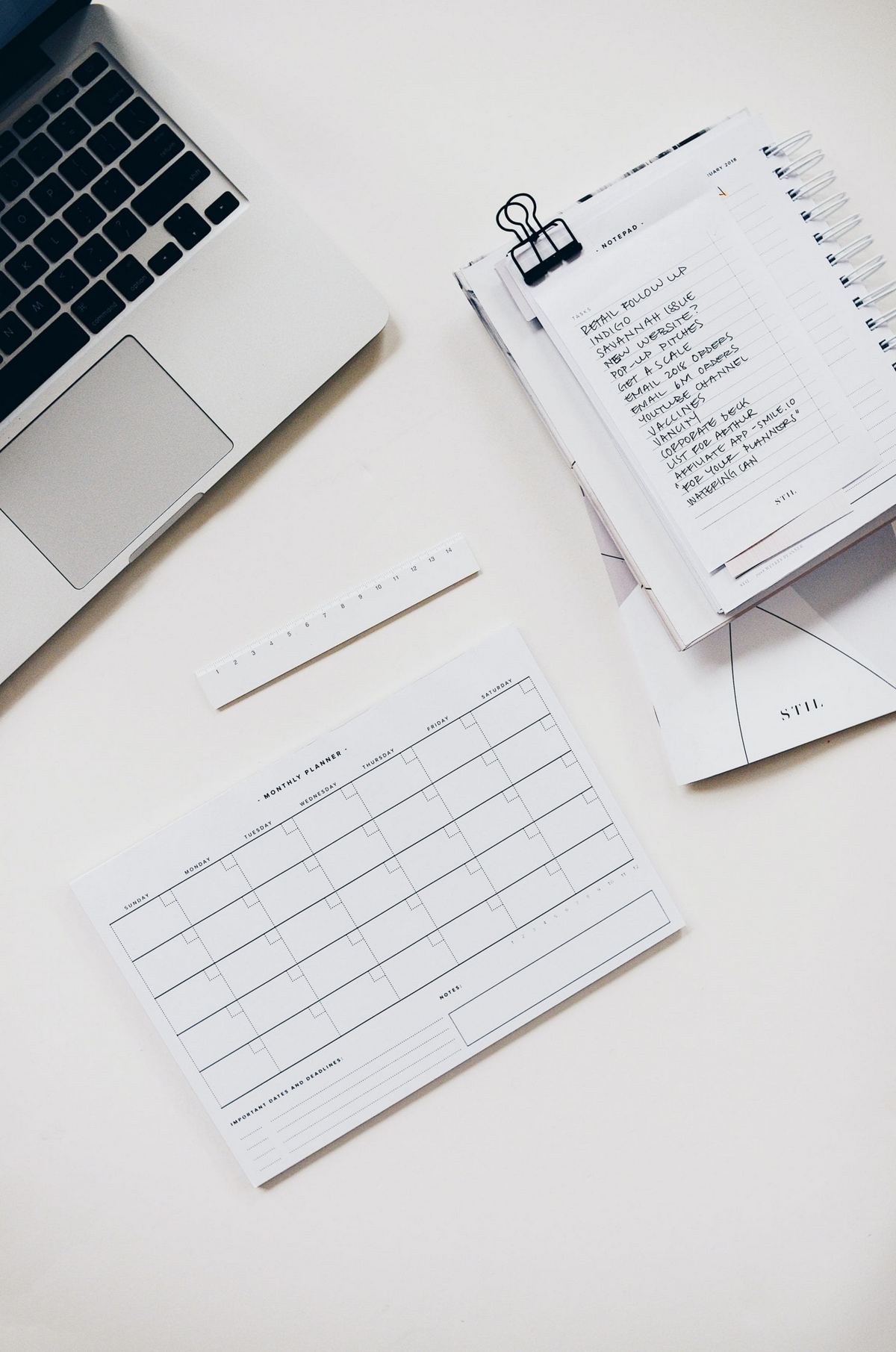To be prepared for retirement, you need to have a firm idea of your spending needs. Here are some different methods to make sure you’re on track.
By Julia K. Pham, CFP®, AIF®, CDFA®, Wealth Advisor at Halbert Hargrove as Featured in Kiplinger
There are many things I’m sure you’d rather do than evaluate your finances. Going to the dentist and cleaning out the garage come to mind. Whether you’re an avid budgeter who reviews your finances regularly, or one who would rather ignore that painful task, one thing is certain: Once you retire and need to start living off retirement income and investment earnings, you’ll need to have a good handle on how much money you’ll have each month, and what your monthly expenditures will be.
Until you’re aware of what you spend, you won’t be able to figure out which areas you may need to rein in to meet your long-term goals. Well before you get to retirement, you’ll want to track your budget. Whether you’re the detailed spreadsheet type, or the “I’d-rather-be-doing-anything-else-but-budget” type, here are several options to do just that.
1. Utilize a template
Long gone are the days when you’d have to sit down with your gridded notebook and create a template from scratch. With so many different online and free resources, you can find a template that fits your desired level of detail. Kiplinger has its own household budget worksheet. Another example is Mint, which offers a free template. If you prefer putting pencil to paper and are a Microsoft Office user, you have access to their various templates as well. Also, a quick Google search will take you to a whole selection of options.
2. Use an online tracking tool or app
With so many online tools and apps, why not skip the templates and spreadsheets altogether and let an app do the heavy lifting? One of the more popular apps I recommend to clients is Mint, which will allow you to link your financial accounts into one program and aggregate the data for you.
Some work is still required on your part. You’ll still need to take the time to link your accounts and help the app classify expenses that it doesn’t recognize. But you don’t need to fret about the details: Even if you don’t classify every little expense and your categories aren’t perfect, the program will give you a big-picture view of what your inflows and outflows are from month to month.
3. Use a single credit card
Electronic payments are here — and becoming more commonplace and secure than carrying around cash. If you’re disciplined enough to pay off your credit cards when they’re due each month, this might be the method for you. Most credit card companies will track your expenses and even categorize them. In addition, many will allow you to export your transactions to a spreadsheet — or even to accounting software like QuickBooks.
4. Utilize different credit cards for different types of expenses
For example, if you put all of your food on one credit card, at the end of the month the statement will easily summarize what your total expenditure is for that particular category. An added bonus with many rewards credit cards is you’ll oftentimes get awarded varying points, depending on the type of expense.
For example, some cards reward you for 2x points if you use the card for restaurants and dining, and others will award higher points if you use the card for travel. Why not try splitting up different types of expenses on different cards to better organize your expenses and maximize those rewards? Again, be sure to pay off your balances each month.
5. Utilize different bank accounts
This method works great if you’re not a fan of charging everything to your credit cards or have trouble paying off your balances in full. Similar to credit card companies, many banks are starting to offer more robust tracking tools within their websites, with many allowing you to view your spending categories in different report formats, and also the ability to download transactions into a spreadsheet.
You could try using different accounts for different types of expenses. For example, using one account to pay off fixed expenses, including debt repayments, and one for your long-term savings — with whatever is left over going into an account for your “wants.” Once the “want” account starts to run low, you’ll know you’re getting close to hitting your budget.
6. Build up your budget-tracking “muscle”
Remember, as you’re tracking your budget, pay special attention to your monthly “needs” or essential expenses, such as housing, transportation, utilities, medical expenses, debt payments and food, versus your “wants,” such as entertainment and travel expenses. Since you’ll be living off a 401(k), pension, Social Security and/or investment income, you’ll want to make sure that all these sources will be sufficient to cover your basic living expenses. Anything in excess of that can go toward your other goals or “wants.”
Tracking a budget is like developing any other new habit. It’s not easy at first. There will be some days when you just don’t feel like doing it. Break the tasks into smaller goals and block out time on your calendar to get to it. If you’re anything like me, if I don’t schedule something it won’t get done. Also, the nice thing about the different options I’ve listed above is that you can combine different tracking methods to find a system that works for you.
The reward for taking the time and effort to do this is obvious: Greater peace of mind and a clearer picture of your spending needs when you’re ready to take that leap into retirement.
How do you balance having the life you want to enjoy today with what you’re going to need in the future? Are you doing what it takes to enter your dream retirement? TAKE OUR QUIZ to find out.


